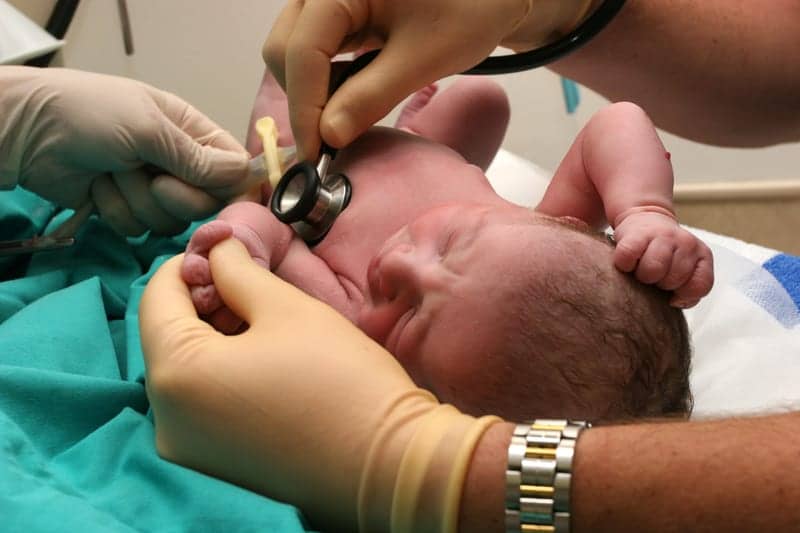Researchers at Johns Hopkins have determined the cause of the lung damage that occurs in premature infants who develop necrotizing enterocolitis.
In a bid to alter the grim numbers, a team led by David Hackam, MD, PhD, surgeon-in-chief for the Johns Hopkins Children’s Center and professor of surgery at the Johns Hopkins University School of Medicine, built on an earlier discovery showing that one of the main drivers of necrotizing enterocolitis is a receptor on the surface of intestinal cells called Toll-like receptor 4, or TLR4. This receptor acts like a switch, which detects bacteria in the intestine and then releases chemicals to summon the immune system to attack. When the switch is turned on, necrotizing enterocolitis develops.
To see if this same bacterial receptor was important for related damage in the lungs, the researchers in the new study genetically engineered mice that lacked this receptor in their intestinal lining.
When they introduced gut bacteria from a mouse with the rodent form of necrotizing enterocolitis into the intestines of the mice without the TLR4 receptor, those mice didn’t develop lung damage.
The investigators then created mice without the bacterial receptor in the cells lining the lungs. When they added gut bacteria from mice with necrotizing enterocolitis into those mouse intestines, the animals also failed to show lung damage.
“What this told us,” Hackam says, “is that having the TLR4 receptor in both the intestine and the lungs is required for lung damage from necrotizing enterocolitis.”










